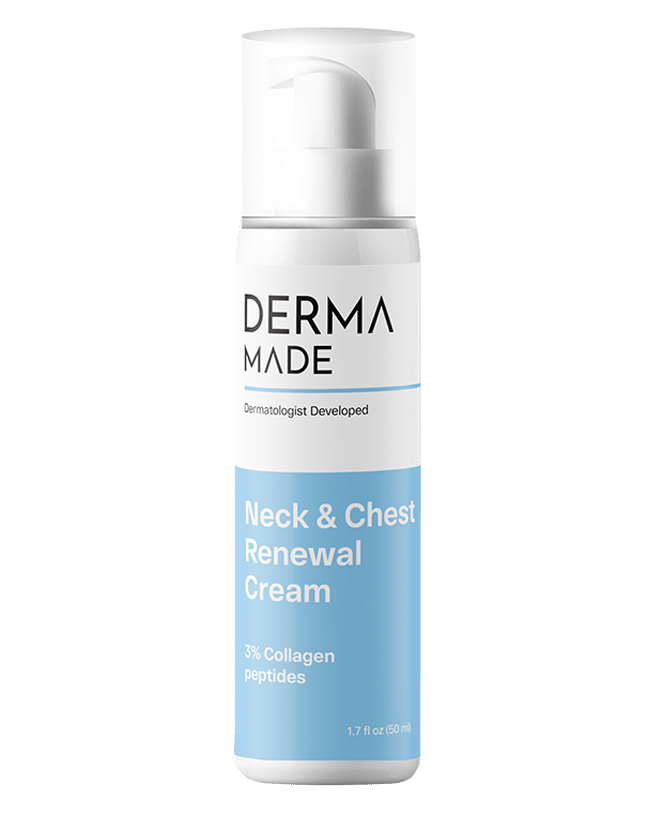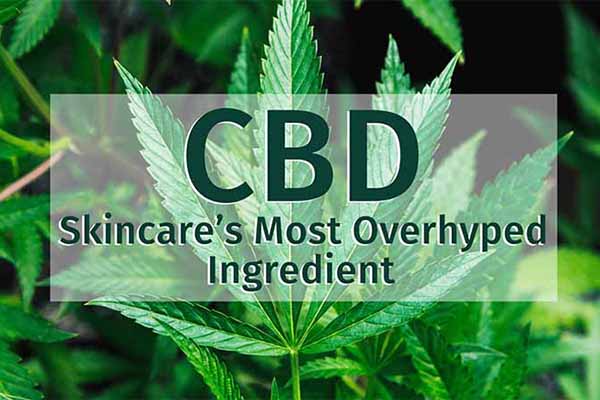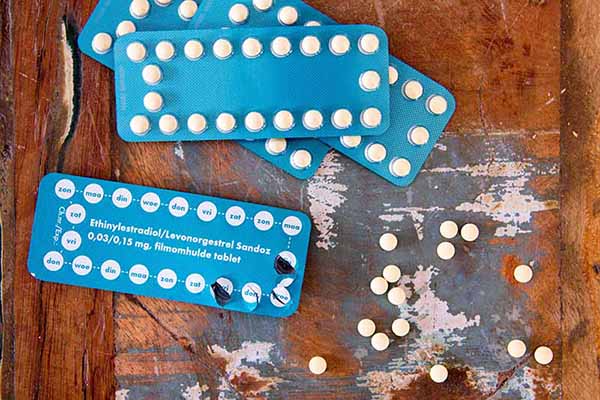Too much or too little moisturizer leads to skin problems. From dry skin to acne prone, every skin type needs proper moisture levels. But how do you know which moisturizer is best for your skin, and just what is a moisturizer, anyway?
What is a Moisturizer
As the name suggests, moisturizers add moisture to the skin. But they also protect and lubricate the skin. Moisturizers work by holding water in the outer layer of skin.
Why You Need It
Every day your skin loses water as it evaporates from the deeper layers. This evaporating effect is called “transepidermal water loss.” Your skin works to strike a balance between enough moisture retention and dryness to allow the dead surface skin cells to slough off. This surface layer of easily shed dead cells is part of the skin’s protective barrier against bacteria, dirt, and other environmental damage. Yet, the skin also can’t be too brittle and dry either. Overly dry skin compromises the protective barrier. Cracks in the skin allow those damaging invaders through. Moisturizers help maintain or correct that balancing act of water retention with just enough drying.
But the list of what moisturizers do for your skin doesn’t end there.
What Moisturizers Do For Skin
Plump and Fill
When skin gets too dry you’ll notice an increase in fine lines, which are microscopic cracks. On a microscopic level, these cracks look much like when the earth gets too dry and you can see cracks that form and run in all directions in the top layer of dirt. Moisturizer adds back moisture, plumping up the skin smoothing out lines and wrinkles–like filling in the microscopic cracks.
Protect the Moisture Barrier
As mentioned above, your skin needs an optimal level of moisture to have a healthy defense system, the moisture barrier. As you age, the skin’s ability to retain water weakens. Moisturizer is necessary to make up for those natural losses and keep the moisture barrier stable and healthy.
Treat Dry skin
Dry skin usually isn’t a serious problem. But when dry skin begins to crack, it’s at risk of invasions by bacteria. The skin acts as an exceptionally good barrier against bacterial infections. And though bacteria may be on the skin’s surface, they don’t breach the barrier and establish an infection when the barrier is intact. When a crack is present, especially cracks that bleed, bacteria can get a foothold and cause problems. Moisturizer treats dry skin, healing those tiny fissures before they become deeper cracks.
Protect Sensitive Skin
Sensitive skin is most often the result of a compromised moisture barrier. The nerve endings at the top layer of skin become irritated, leading to redness, dryness, and burning. Since moisturizers restore and balance the moisture barrier, they protect sensitive skin.
Moisturizing Types and How They Work
Types
- Water-based Serums. Serums that include ingredients like hyaluronic acid and glycerin are great moisturizers. Both hyaluronic acid and glycerin act as humectants, meaning they sponge up water drawing it to the skin. These oil-free moisturizers are better for oily or acne prone skin as they don’t add any extra oil to an already oily environment.
- Creams. Creams are a mix of water and oil. They add some moisture to skin and fill in rough spots, making the skin feel smooth. But creams don’t draw additional moisture to the skin. Creams or emulsions are best for normal, normal-to-dry, and combination skin types.
- Pure oils. Pure oils work as an occlusive, meaning they act like a seal that locks in the moisture. They literally create a layer on the top of the skin. Pure oils are best for dry or mature skin.
- Combining moisturizers. For some skin conditions, like dry or mature skin, you can combine moisturizers. A humectant product like hyaluronic acid can be used first to draw additional moisture to the skin. Then it’s locked in with an oil.
- Comedogenic Rating.
Skincare ingredients have a comedogenic rating. They are rated on a scale from 0 to 5 regarding their likelihood of clogging pores. If you have acne or acne prone skin look for ingredients that rank low on the comedogenic scale. If you have dry, sensitive or mature skin, you can choose ingredients that have a higher comedogenic rating as clogged pores is less of a problem. And many ingredients with a high rating help lock in moisture.
Here’s how the numbers rank on the scale:
0 – Won’t clog pores at all. (hyaluronic acid, argan oil, mineral oil)
1 – Very low likelihood of clogging pores. (rosehip seed oil, grapeseed oil)
2 – Moderately low likelihood. (olive oil, jojoba oil, sweet almond oil)
3 – Moderate likelihood. (sesame seed oil, marula oil)
4 – Fairly high likelihood. (cocoa butter, coconut oil, flaxseed oil)
5 – High likelihood of clogging pores. (wheat germ oil)
When and How to Use
To make the most of your moisturizer, it’s important to use it in the right order in your skincare routine.
- Serums. Serums need to be applied after cleansing, toning and exfoliating, but before any creams or oils. Water absorbs into the skin faster than oil. By applying the water-based products first, they penetrate into the skin. Otherwise, if applied after creams or oils, they will sit on top of the skin where their benefits are lost.
- Creams. Creams are applied after any serums but before oils.
- Oils. Oils need to be used last, after serums and creams. They lock in moisture and other products, creating a protective layer.
The most important takeaway is understanding how moisturizers are your skin’s best friend and necessary for each and every skin type–even oily or acne prone.







